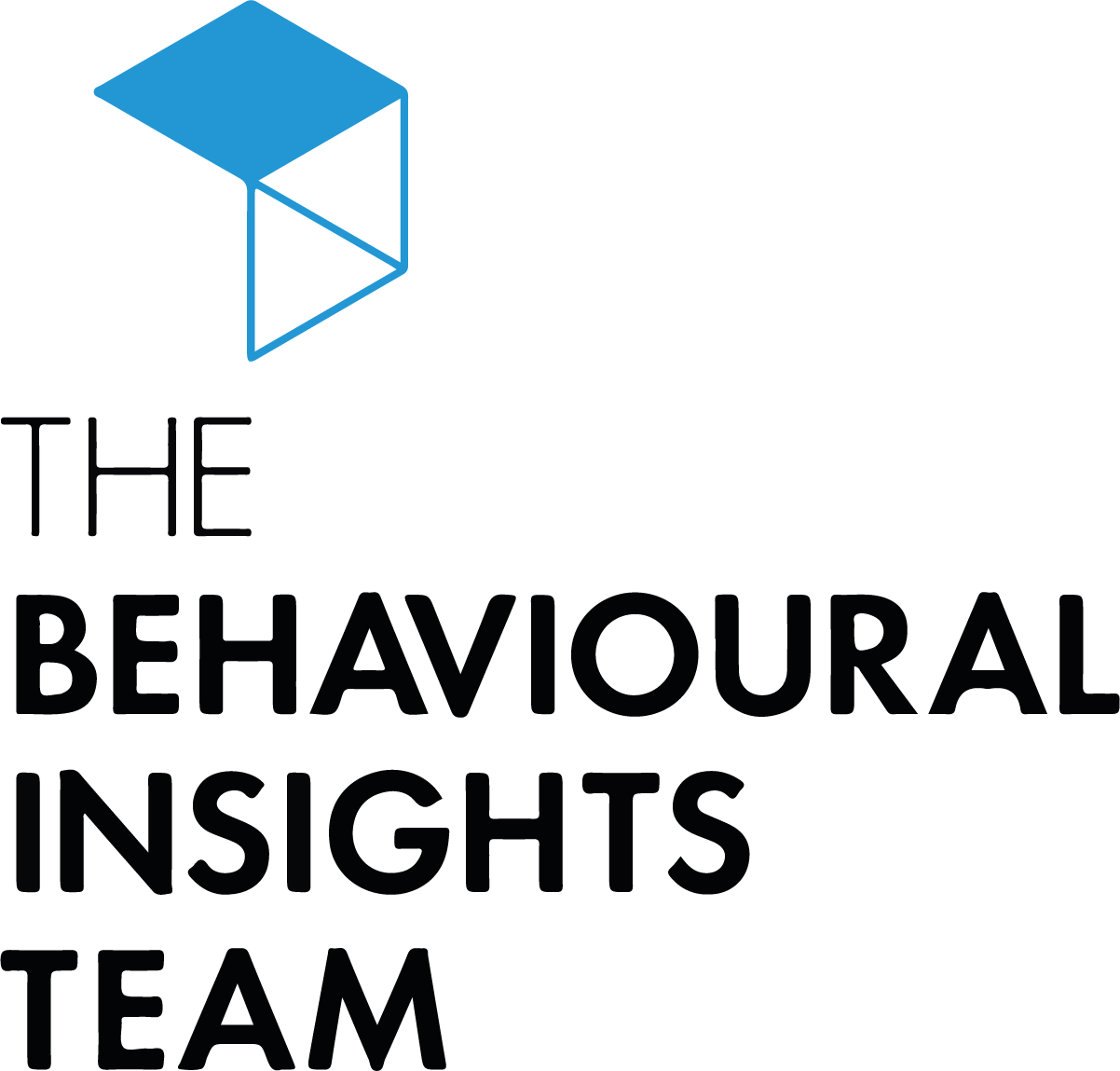Learning About Personality Body Analysis and How It Works
Learning About Personality Body Analysis and How It Works
Blog Article
In today’s world, where relationships go beyond words, learning about body analysis is becoming an essential skill for managers and anyone who wants to understand human nature.
In this guide, we’ll explore fundamentals of behavioral body analysis, covering practical examples. We’ll explain how reading body language can be used in coaching, helping you spot hidden emotions.
Let’s dive into the fascinating world of behavioral body reading, starting with how it helps decode personality.
Why Learn Behavioral Body Analysis
It’s not just about reading others; it’s also a tool to gain self-awareness.
Many professionals use body analysis to improve therapy outcomes. Therapists may observe body posture to detect hidden discomfort.
This skill reduces misunderstandings and helps build trust, because you’re responding not just to words but also to what the body communicates.

Types of Body Analysis
Another approach looks at muscle structure, connecting physical characteristics with psychological tendencies.
In some therapeutic settings, body analysis is combined with touch or movement therapy, helping clients release physical tensions linked to emotional trauma.
Learning diverse approaches also helps you avoid bias by relying on multiple signals instead of a single interpretation.

Body Analysis in Practice
Look for patterns: does a person consistently cross their arms? Do they lean away when asked certain questions?
Therapists use posture and body language to assess emotional openness.
Practicing behavioral body analysis also helps in personal relationships. By paying attention to loved ones’ posture shifts, you may notice stress or emotional needs earlier.
Misconceptions in Body Analysis
A frequent misconception about body analysis is that it’s a fixed system for knowing what someone feels or thinks. In reality, body language must be interpreted within context.
Ethical practitioners of body analysis know it’s about observation, not judgment or labeling.
Anyone interacting with people can apply these insights to foster trust, empathy, and connection.
Understanding “The Body Explains” Method
It’s used by therapists to help people understand why they react certain ways and how to unlock hidden emotional blocks.
For example, a prominent chest might symbolize repressed anger.
Clients working with “the body explains” methods often experience breakthroughs as they connect physical sensations with memories.
Ethics in Character Traits Body Reading
It’s important to approach body reading as a tool for empathy and understanding, not as a weapon for persuasion or power.
Another ethical guideline is to contextualize observations. A behavior or posture in one culture may mean something very different elsewhere.
Ethics in body reading means creating a safe, respectful environment where observation fosters growth, not shame.
Building Competence in Behavioral Body Reading
Building body analysis skills takes practice, patience, and observation. Start by watching people in different settings, noticing facial expressions.
It’s important to stay humble, knowing that no single signal tells the whole story. Observing clusters of signals gives a more accurate reading.
The goal isn’t to “catch” people hiding things but to understand human behavior more deeply.

Conclusion: Is Body Analysis Right for You?
From observing facial cues to linking body structure with personality, this skill enriches both personal and professional life.
We’ve explored applications of body analysis, from the body explains model.
Body analysis is not about instant answers but lifelong learning.
Common Questions About Body Reading
What does body analysis mean?
Body analysis is the practice of observing physical traits, posture, gestures, and movements to gain insights into personality, emotions, and behavioral patterns.
Do you need special skills to practice body analysis?
Like any skill, body analysis improves with experience, study, and reflection over time.
Does body analysis always reveal the truth?
No single gesture or trait offers complete truth; ethical practice involves humility and openness to complexity.
How can I use body analysis professionally?
Yes, body analysis has applications in coaching, therapy, HR, leadership, and sales.
Are body analysis and body reading the same?
Both overlap but body analysis may explore deeper character patterns linked to the body’s form.
saiba mais saiba mais aqui Report this page